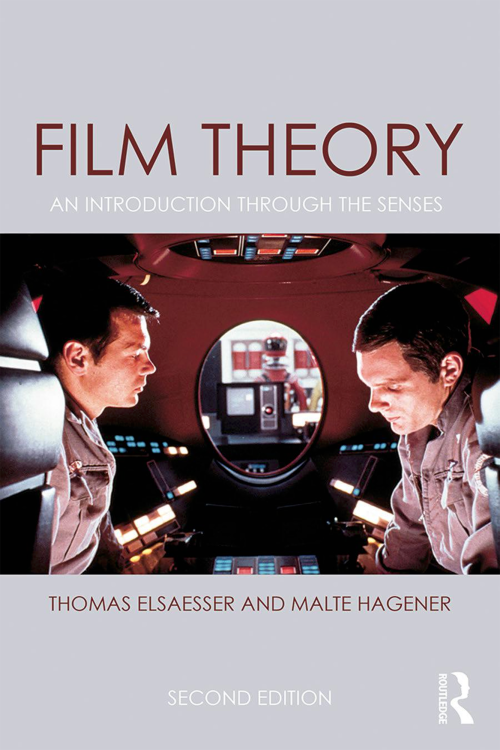What is the relationship between cinema and spectator? That is the central question for film theory, and renowned film scholars Thomas Elsaesser and Malte Hagener use this question to guide students through all of the major film theories – from the classical period to today – in this insightful, engaging book. Every kind of cinema (and film theory) imagines an ideal spectator, and then imagines a certain relationship between the mind and body of that spectator and the screen. Using seven distinctive configurations of spectator and screen that move progressively from ‘exterior’ to ‘interior’ relationships, the authors retrace the most important stages of film theory from 1945 to the present, from neo-realist and modernist theories to psychoanalytic, ‘apparatus’, phenomenological and cognitivist theories.
This new and updated edition of Film Theory: An Introduction through the Senses (2015) has been extensively revised and rewritten throughout. It incorporates discussion of contemporary films like Her and Gravity, and includes a greatly expanded final chapter, which brings film theory fully into the digital age.
Film Theory: An Introduction Through the Senses [2nd ed.]
Thomas Elsaesser, Malte Hagener

2015
Routledge, 237pp